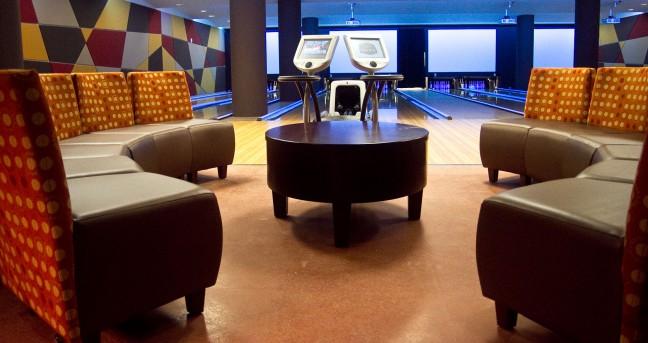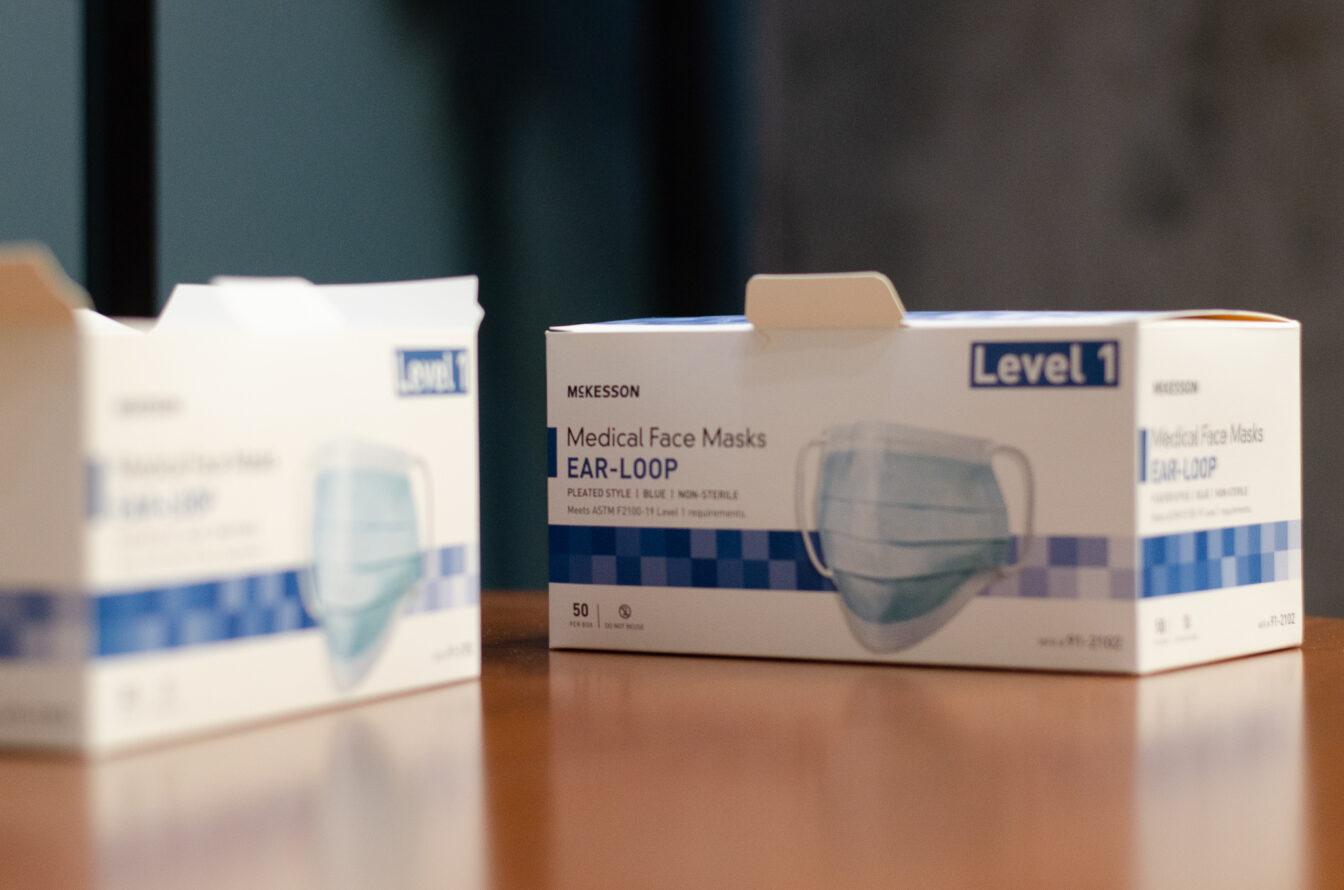It’s here. Today the 21st century incarnation of Union South opens its doors and invites students, faculty and alumni to check out all it has to offer.
The building comes after a long embattled referendum process and a lengthy design period. Union President Patrick Callan said the new building, 70,000 square feet larger than the original, would bring the union into a new era.
“It was a time for a larger union or at least a brand new union,” he said.
While the new union houses 17 meeting rooms, a two-story hotel and a 900-person capacity banquet hall, it is the entertainment areas that will interest students most. And those areas are vast.
The entrance ushers guests in to a hall of tables and chairs connected to four fully functioning restaurants including an ice cream stand, a pizza place, a sandwich shop and a pan-Asian restaurant that will not open until next fall.
Also in the area is a convenience store selling candy, snack and grab-and-go sandwiches as well as UW spirit gear. Students can also stop by the coffee shop and wine bar, where the roughly 30 wine offerings will be chosen from organic and Wisconsin wines by a trained student.
The three-story entertainment area, named the Sett after the scientific name for a badger’s den, houses pool tables, a two-story rock wall, eight bowling lanes, an area to buy beer, a concert stage and ample seating including custom designed booths.
The concert hall will be able to accommodate 800 people. Callan called the area a ‘proper’ place for live music on campus.
“The terrace is iconic but is not the greatest location for live music,” he said.
Doors from the Sett lead outside to a terrace where students can lounge, and yes, the brightly colored union tables and sun chairs have made their way to the south campus spot.
The second story houses the Marquee, a 350-seat movie theater. Opening weekend will heavily feature Oscar nominated movies including Black Swan, The Social Network, Toy Story 3 and The Fighter. Callan assured the red seats are stain resistant and encouraged students to bring food, soda and even beer into the theater.
Callan said the design process included “anyone (on campus) who has a voice.” Broad interest surveys sent out to the entire campus as well as union members yielded some 32,000 responses weighing on on the design aspects of the new building.
One of the biggest aspects of the design process was an attempt to remain ‘green’ in the construction. In fact, Callan said 88 percent of materials from the old structure were used in the construction of the new structure. The union will also make use of recycling stations and green cleaning products.
The story of the much embattled project has become something of a campus legend. While few students on campus today remember the multiple referendum process that brought the building to the University of Wisconsin campus, most have heard stories.
The first referendum, which proposed the remodeling of the existing structure, came in 2005, Callan said. The referendum failed, but Callan said only 200 out of 4,000 votes decided the election.
The next year a proposed referendum to build an entirely new union appeared on students’ ballots. While the referendum failed, technical errors resulted in the loss of votes, and the Student Judiciary ruled the referendum would again go before students with paper ballots in spring of 2006.
The vote passed with 1,691 votes in favor and 915 votes against. The real controversy came when voter turnout was announced to be less that 7 percent. Some students argued that raising segregated fees with such a low turnout was unfair, and the referendum should be held again. Ultimately the results of the election were upheld, and ground for the new building was broken in 2009.
Callan said while he’s thrilled to see the new building there, he’s not sure if the referendum would pass today. The referendum occurred in a different time, Callan said, when less people were worried about how they were going to afford the expense of higher education.
“If the referendum were to take place this year it probably wouldn’t pass, and we wouldn’t push it either,” he said.














